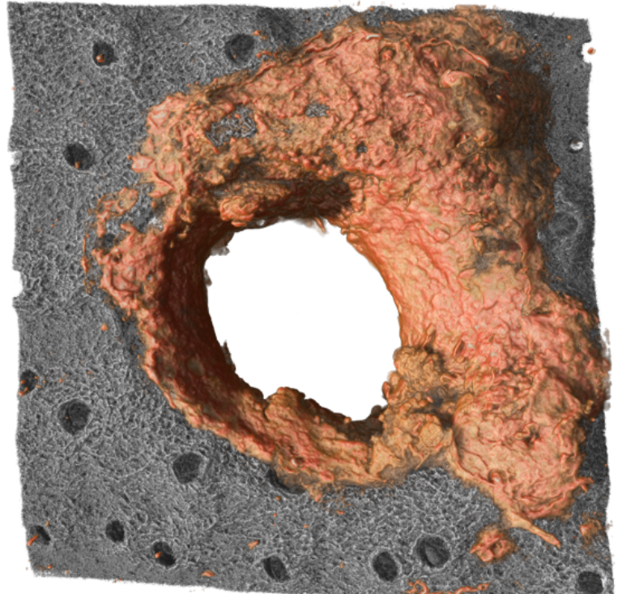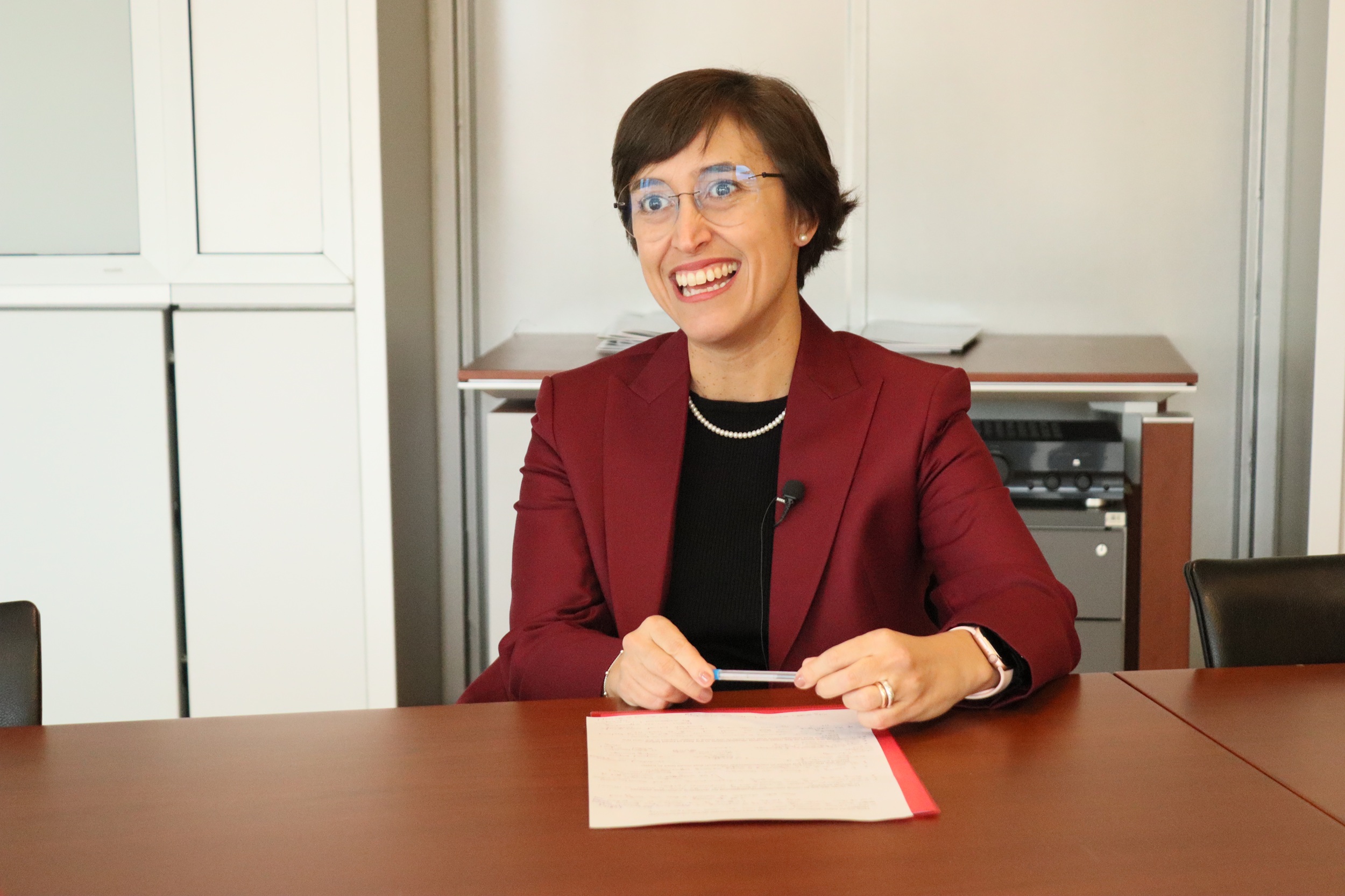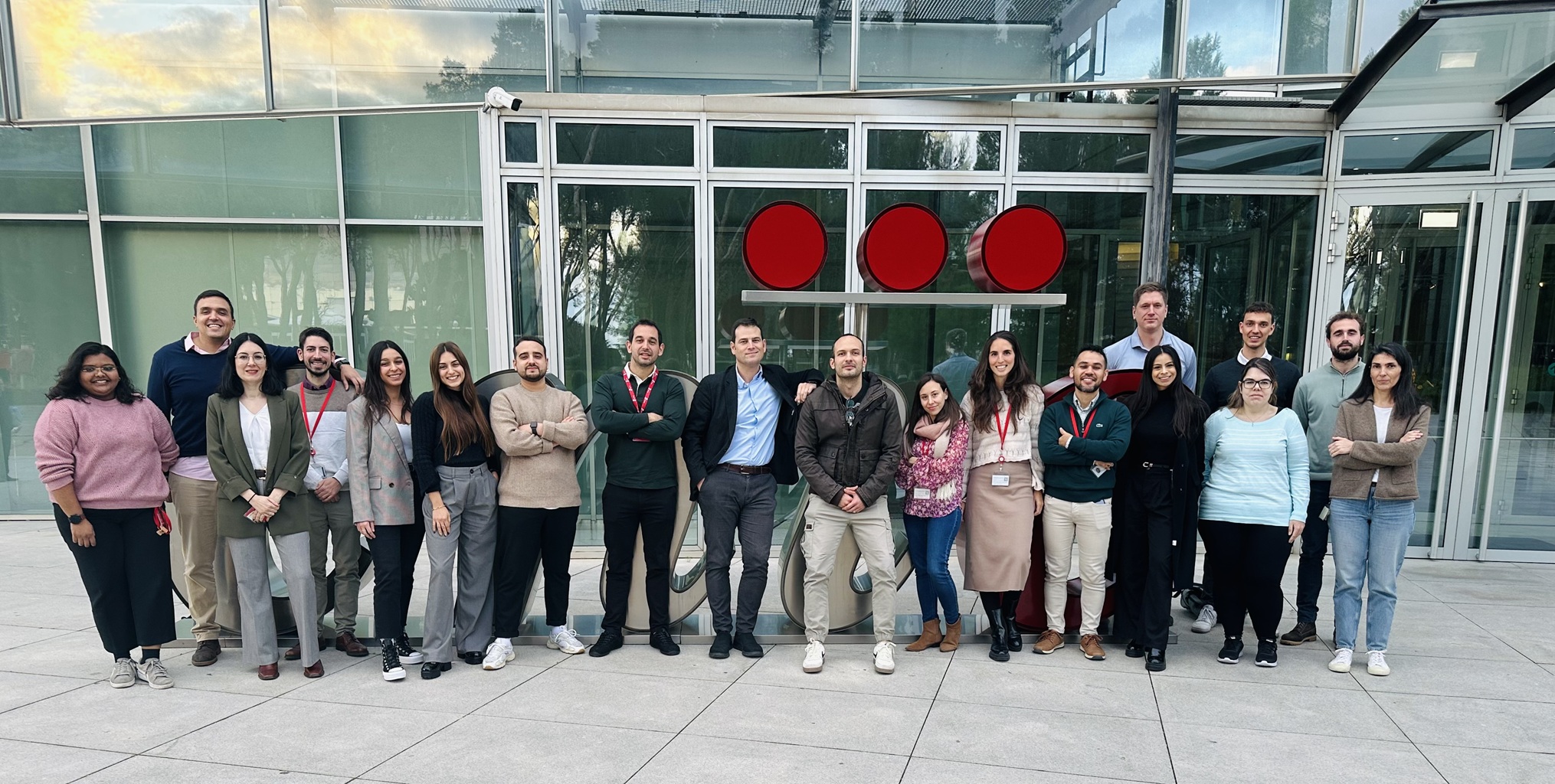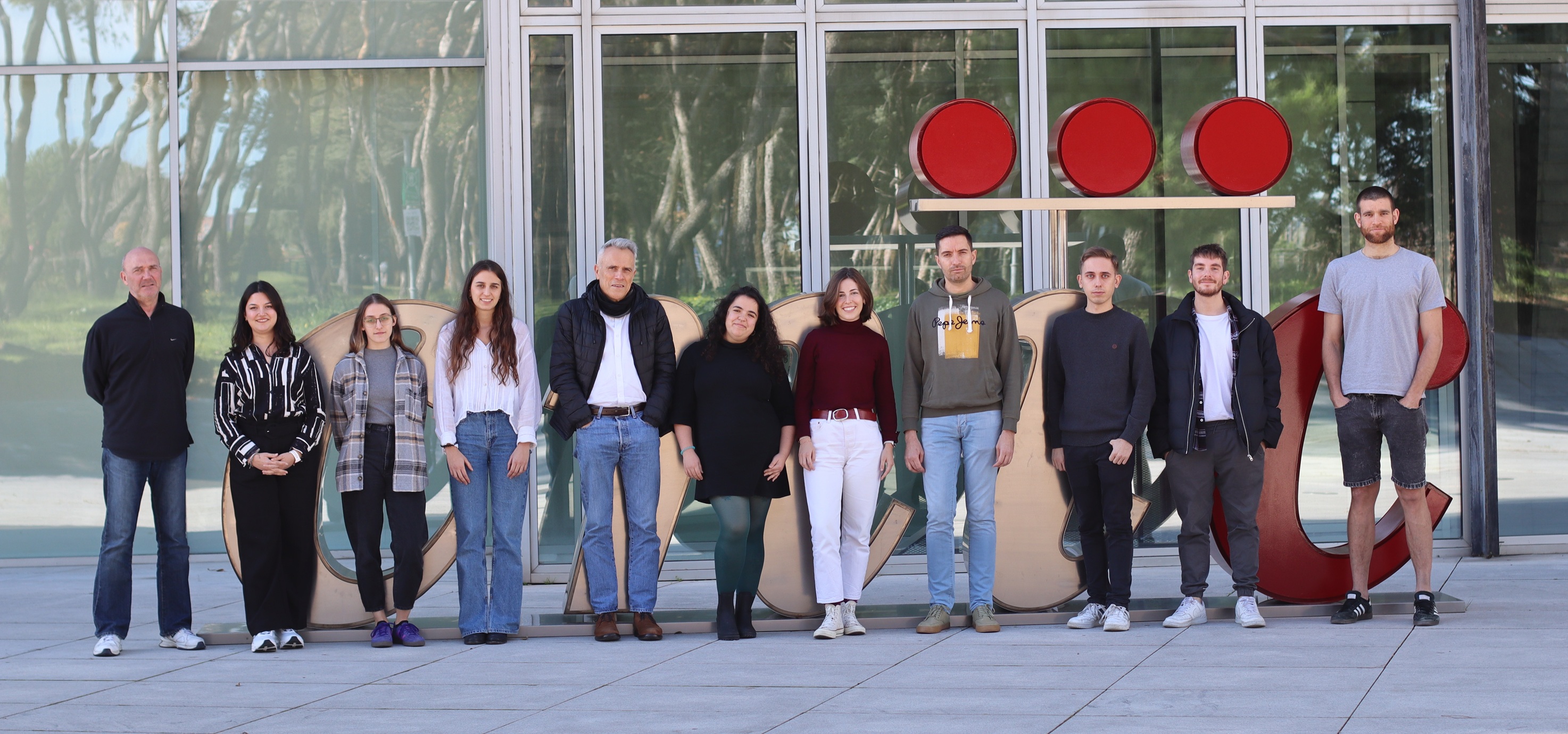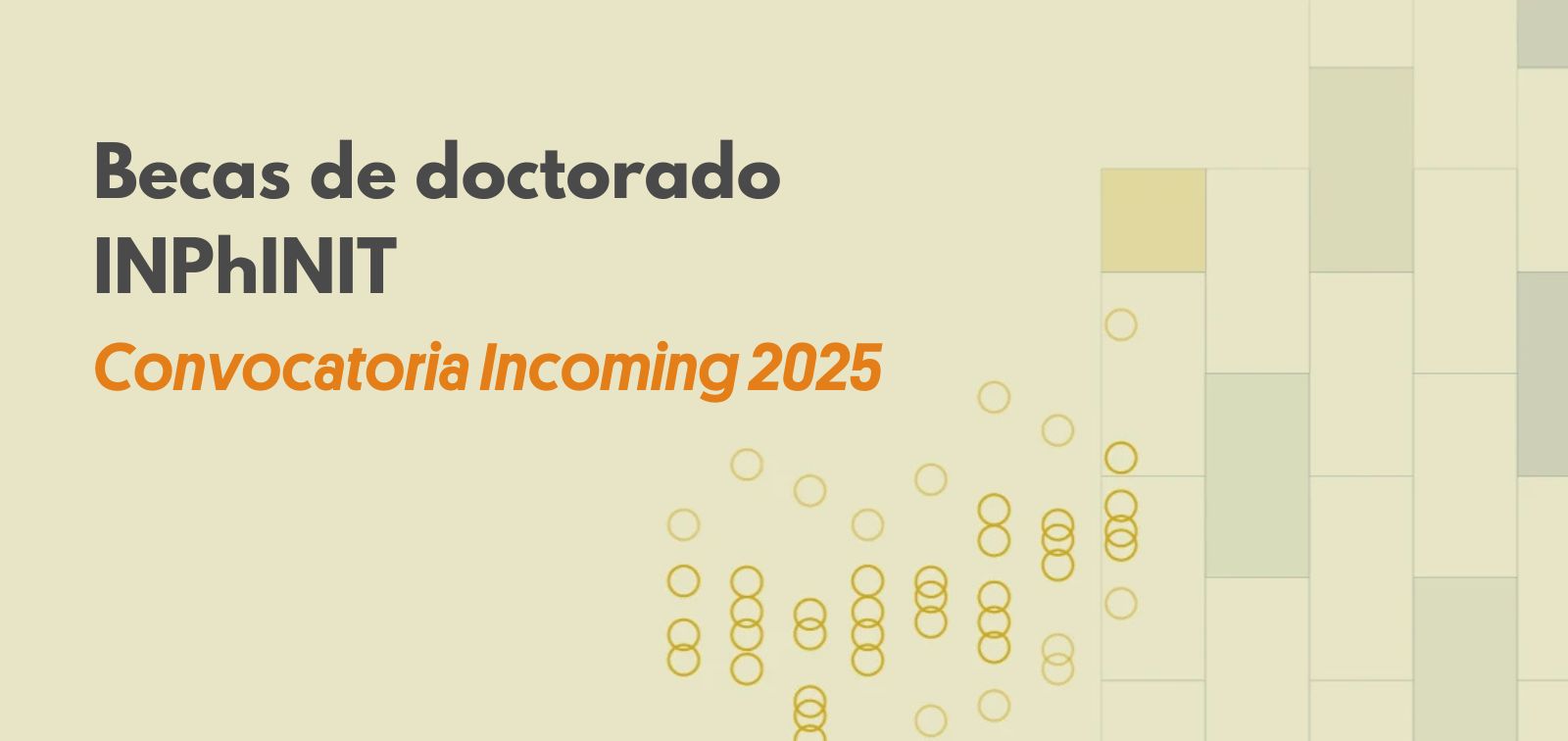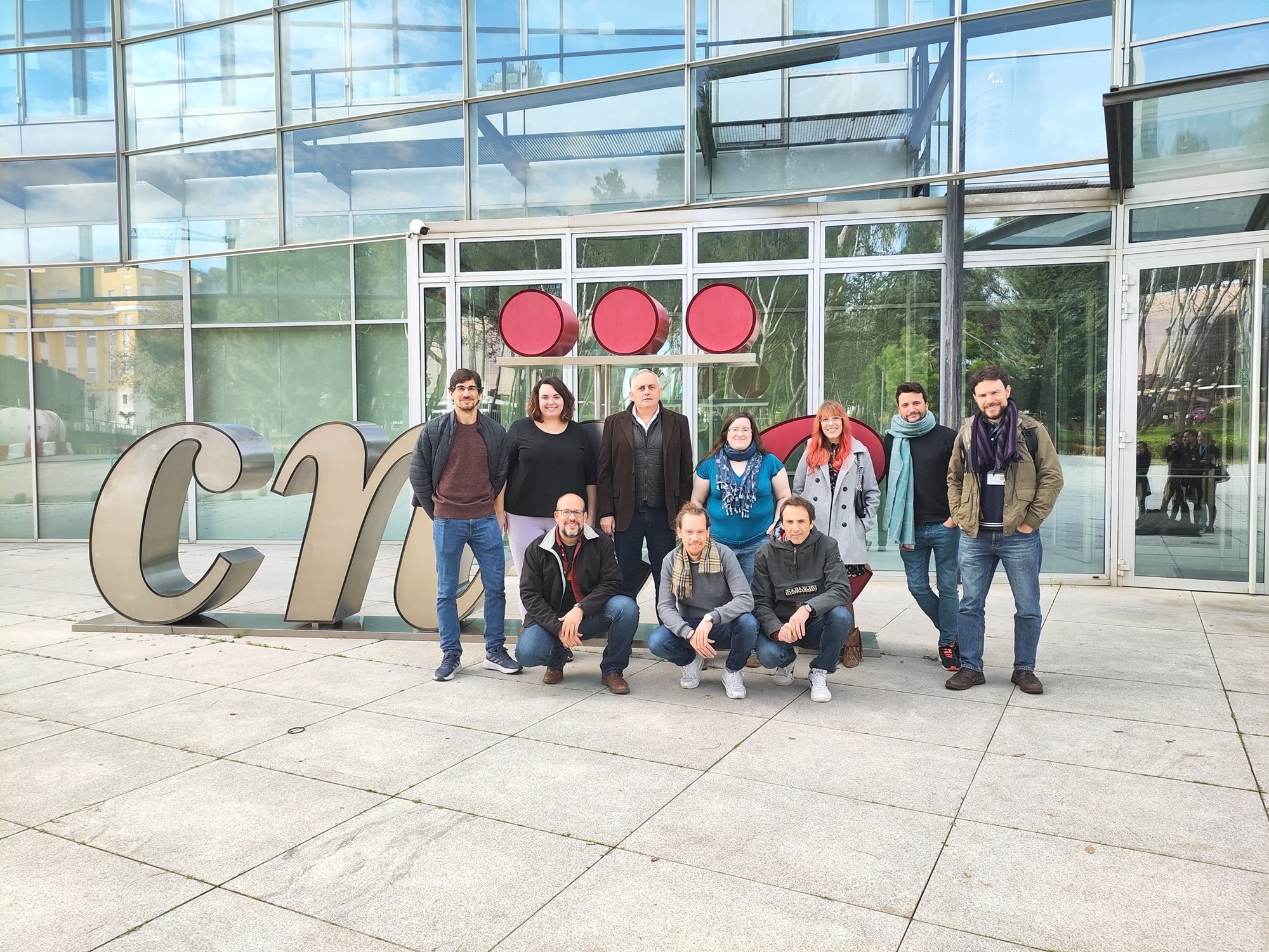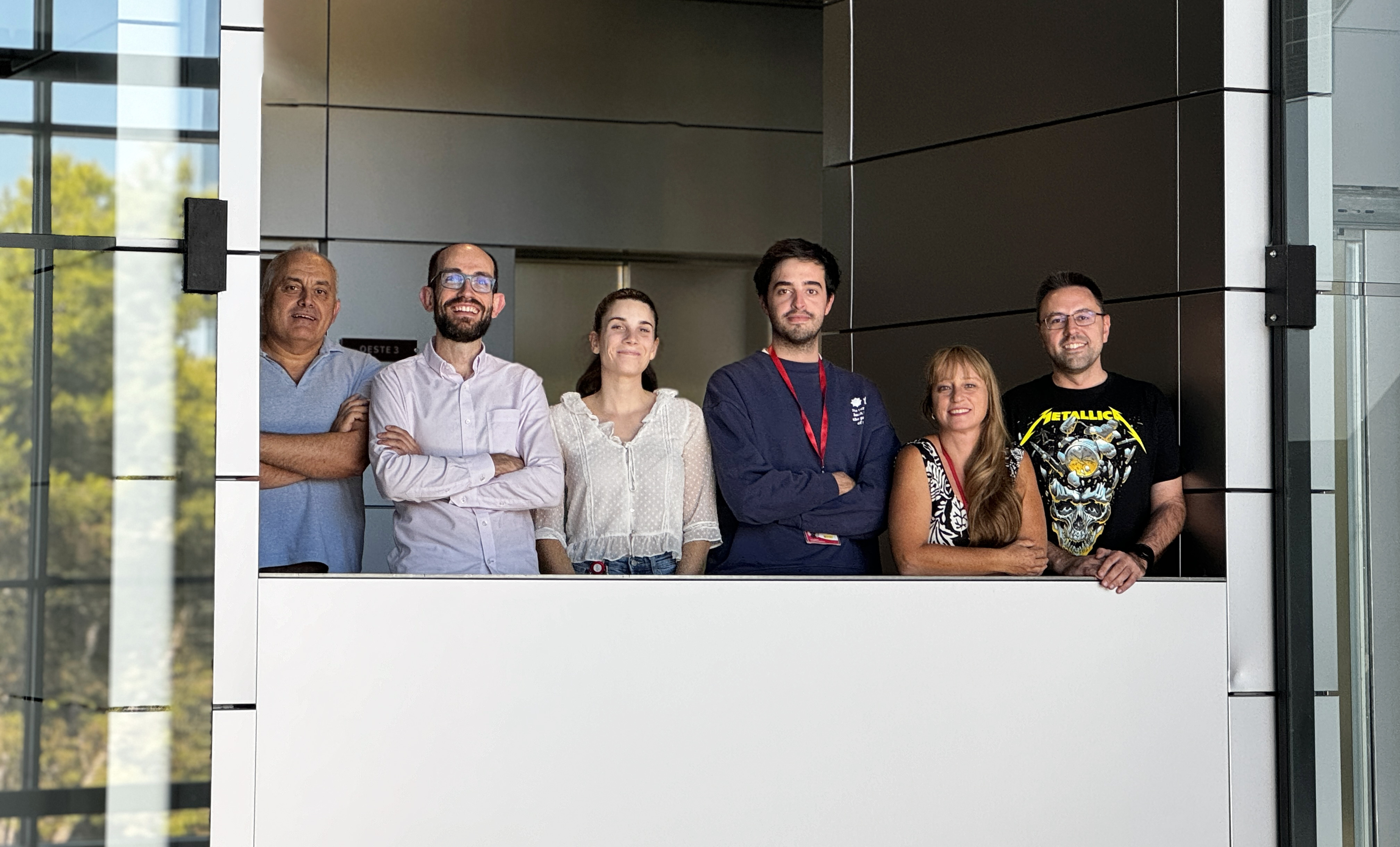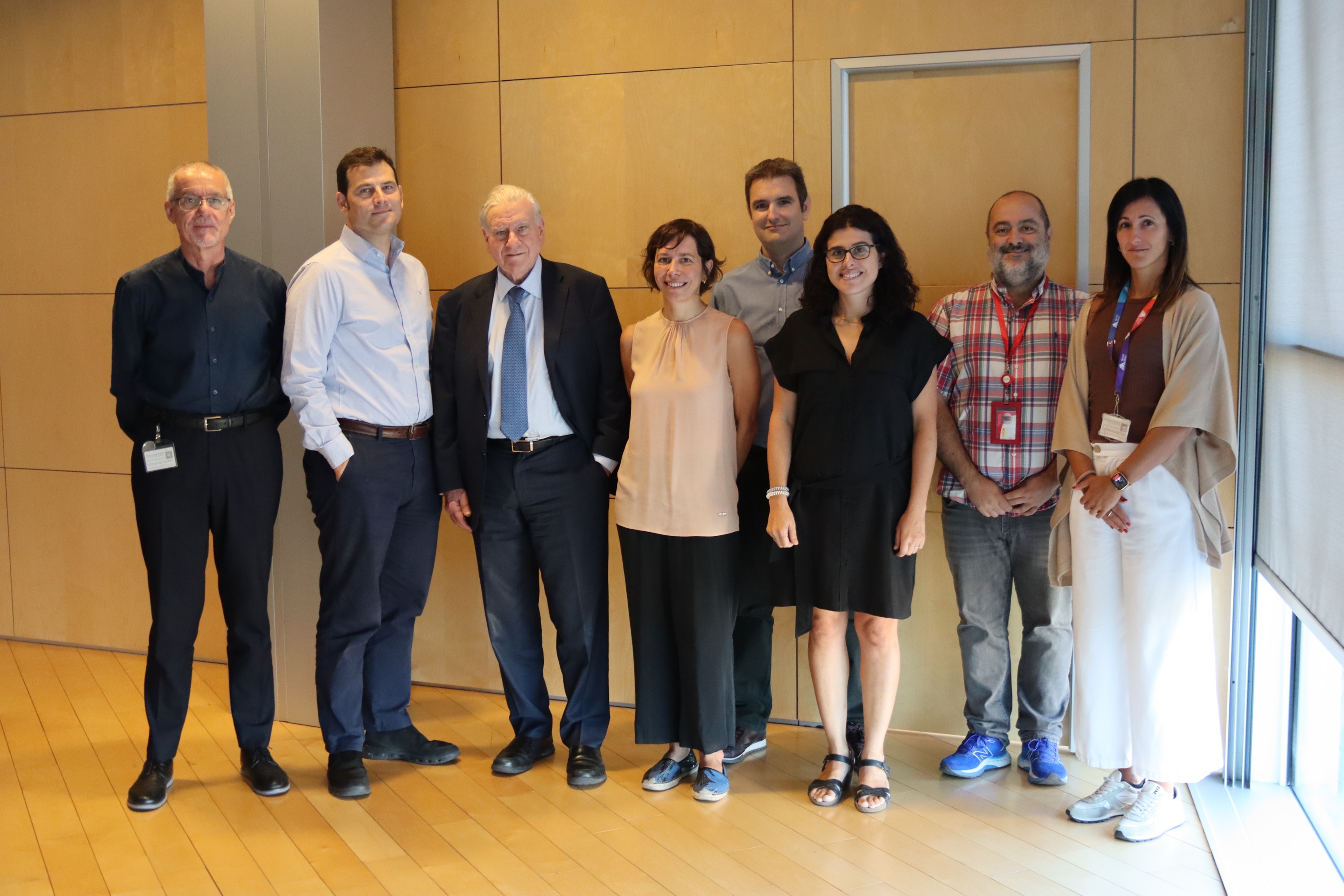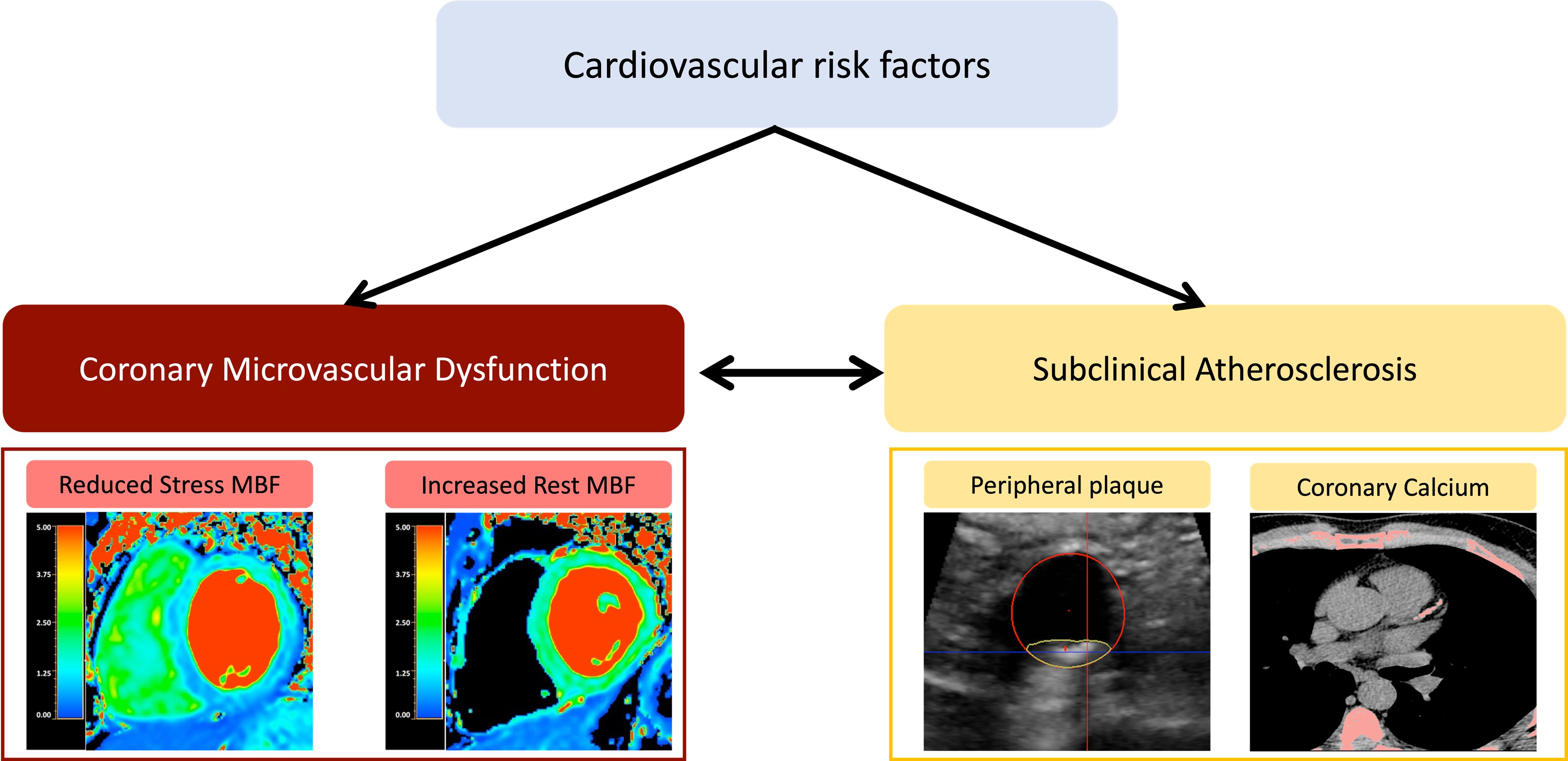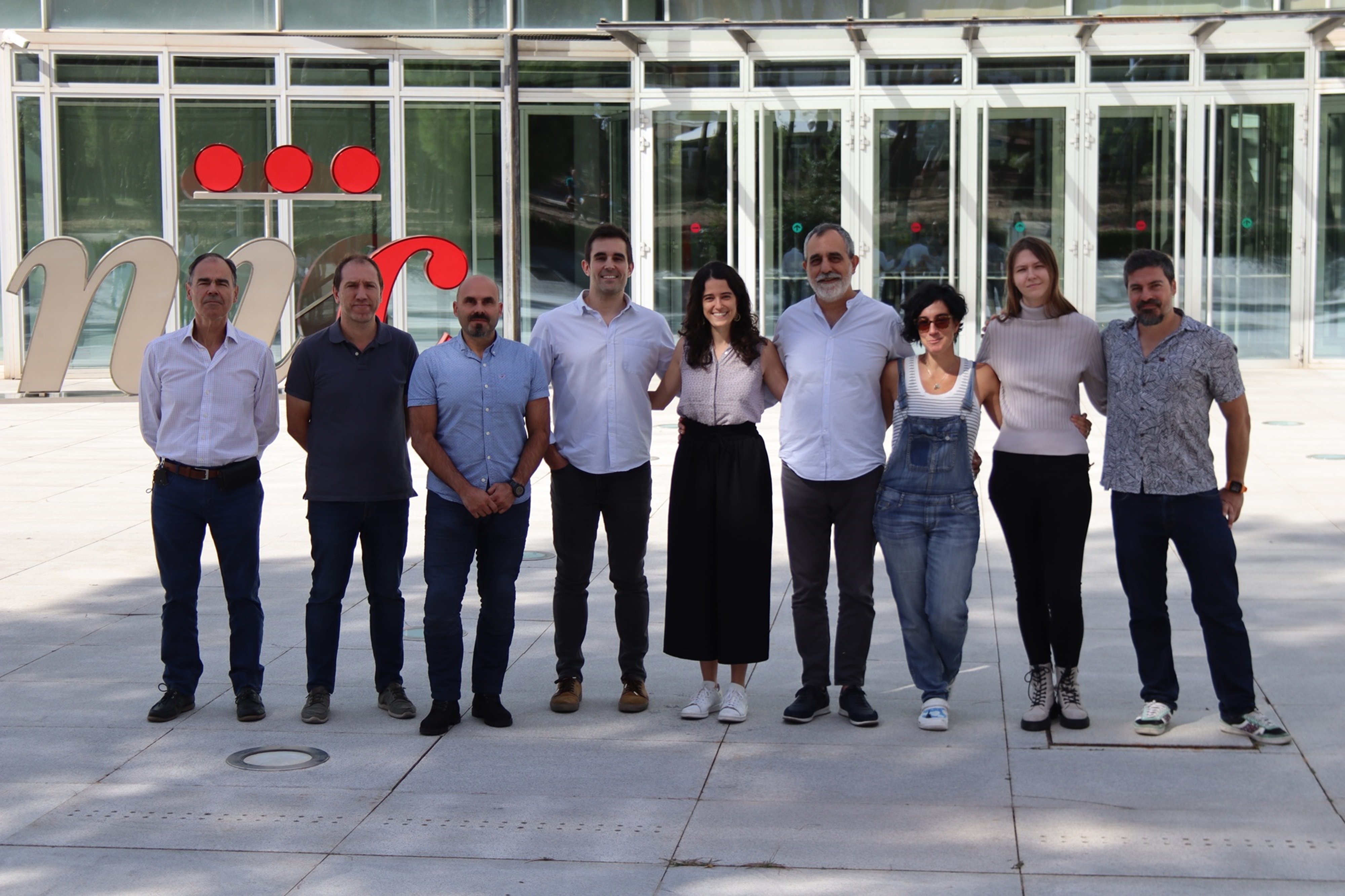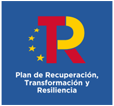News search
|
Research 19 Mar 2025 The discovery, published in Nature, opens the path to new strategies for treating skin diseases and immunological disorders, with special potential for the treatment of inflammation, diabetes, and age-related conditions |
|
Research 11 Mar 2025 Isabel Gonçalves is a professor and senior consultant at the University of Lun (Sweden). Her research focuses on cardiovascular disease and diabetes. She is the principal investigator in EXODIAB (Excellence in Diabetes Research in Sweden), leads a team at Cardiovascular Research - Translational Studies, and is a researcher in EpiHealth, a project focused on epidemiology for health. |
|
Research 4 Feb 2025 The study, published in JACC: CardioOncology, shows that administration of the SGLT2 inhibitor empagliflozin to pigs receiving anthracyclines preserves mitochondrial function, improves myocardial energetics, and prevents degenerative changes in heart structure |
|
About the CNIC 12 Dec 2024 The new project, ‘The Placenta in Maternal and Fetal Cardiovascular Health and Disease’, aims to understand how the placenta influences cardiovascular health in mothers and their children, promising improvements in the prevention and treatment of related diseases |
|
About the CNIC 11 Dec 2024 |
|
Research 28 Nov 2024 A study from the CNIC, published in Nature Communications, reveals how caveolae allow adipocytes to expand safely, storing fat without breaking or causing inflammation |
|
Research 15 Nov 2024 A study by CNIC, published in Science Advances, offers a new approach to understanding how cells respond to mechanical signals from their environment, redefining the comprehension of the relationship between cells and their physical surroundings. |
|
Research 30 Sep 2024 A study published in The Journal of the American College of Cardiology (JACC) demonstrates that the burden and progression of silent atherosclerosis in |
|
Research 19 Sep 2024 A study from CNIC reveals how risk factors and subclinical atherosclerosis affect heart microcirculation in asymptomatic middle-aged individuals. The research, published in JACC: Cardiovascular Imaging, highlights the importance of assessing the heart vessels' ability to regulate blood flow and predict future cardiovascular risk |
|
Research 19 Sep 2024 The study, published in Cell, reveals an essential function of sodium transport in cellular energy generation |
- 1 of 12
- next ›
